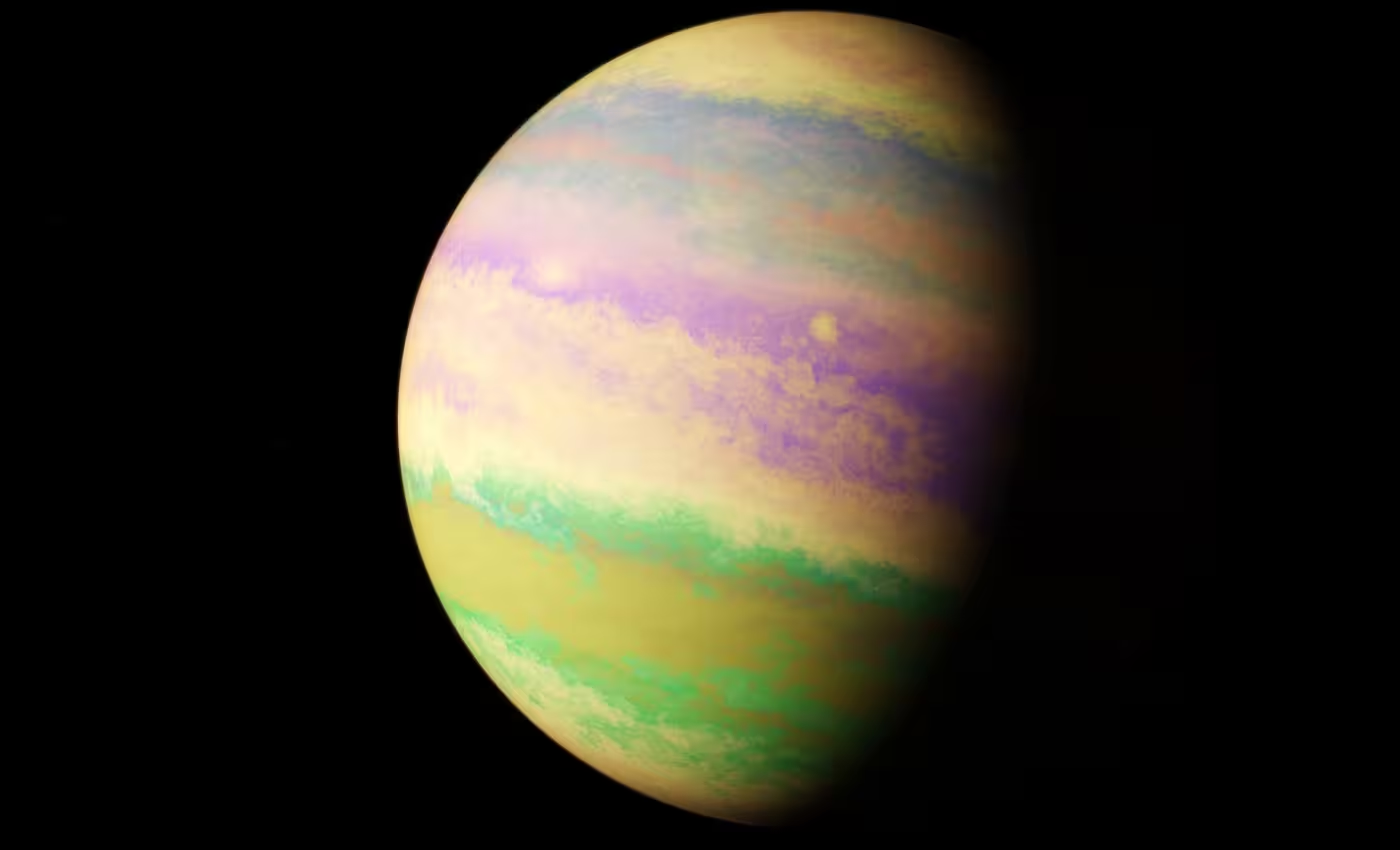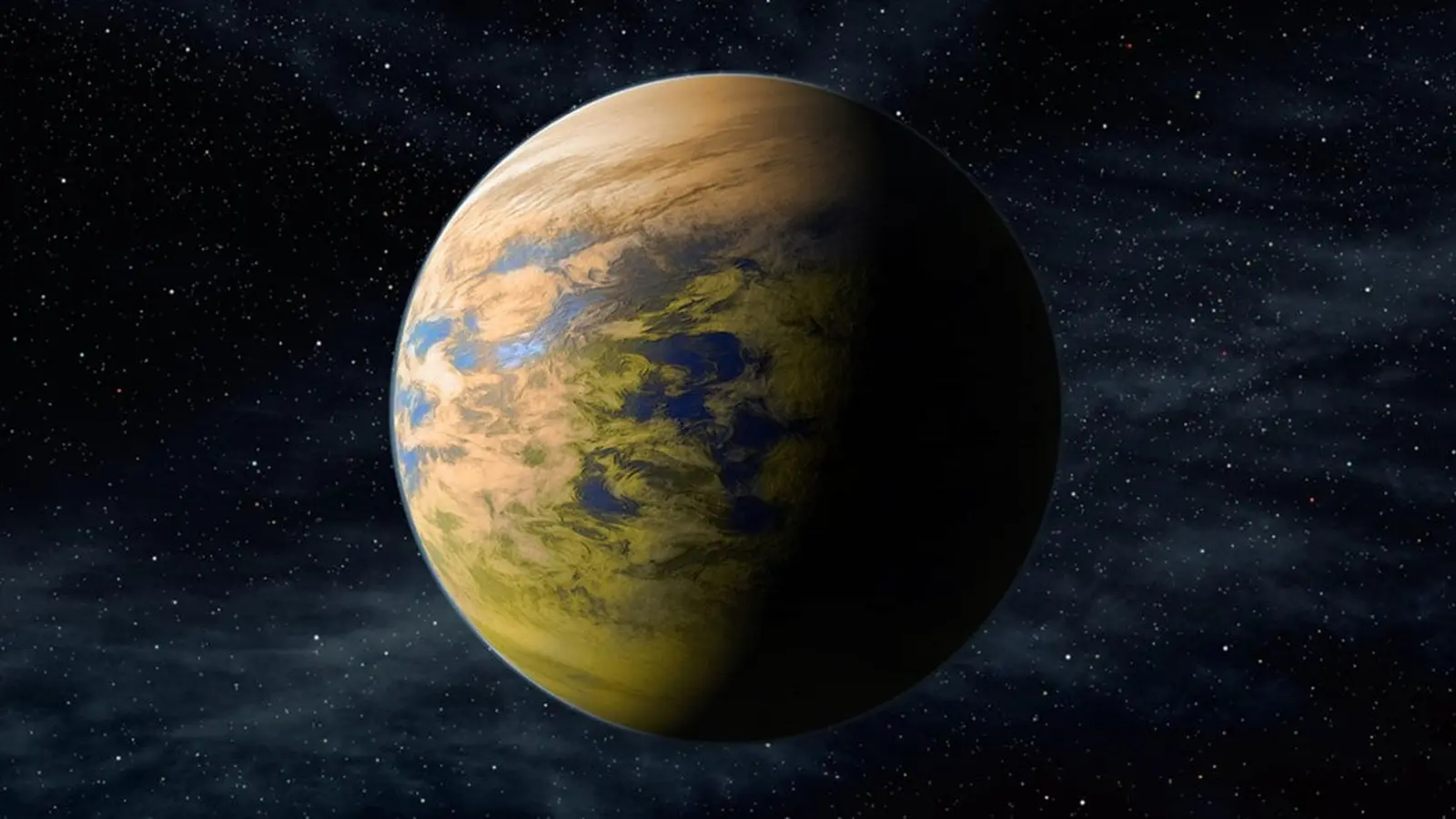5 Minutes
Cloudy worlds may now be a prime hunting ground for life
Cornell University scientists have created the first reflectance spectra for vividly pigmented microbes from Earth's clouds — a color guide that could transform how astronomers search for biosignatures on exoplanets cloaked in thick cloud layers. Rather than obscuring signs of life, dense cloud decks might amplify detectable color patterns produced by biopigments, giving telescopes a fresh target space beyond surfaces and clear atmospheres.
This finding is more than an academic curiosity; it has concrete implications for next-generation observatories, sensor design and even for readers fascinated by vehicle technology. From LiDAR-like precision to the race for sensitivity that mirrors EV range battles, the astronomy and automotive worlds share a technology trajectory.
How the color key was built
The team led by astrobiologist Ligia Coelho collected rare atmospheric microbes from the lower stratosphere (21–29 km altitude) using sounding balloons, then cultivated them under controlled conditions. Researchers measured how these organisms reflect light at different wavelengths to produce reflectance spectra — essentially fingerprints of color that reveal pigment composition.
These spectra capture the optical signatures of biopigments that organisms make to shield themselves from ultraviolet light, radiation and dehydration. By assembling a library of these signatures, the team has given astronomers a new diagnostic tool to distinguish cloudy planets that might host life from those that do not.

Data collection and lab work
- Balloon sampling captured microorganisms rarely found at sea level.
- Lab-grown cultures were tested in controlled optical setups to record reflectance across visible and near-infrared bands.
- Spectral patterns were modeled against planetary atmospheres to estimate detectability at interstellar distances.
"We now have a way to read biological color through clouds," said Coelho. "Pigments tell a story about survival strategies — they’re a biosignature in plain sight if you know how to look."
Why pigments matter
Pigments are protective and adaptive. On Earth, bacteria, algae and other microbes produce colorful compounds to cope with extremes: UV exposure, temperature swings and low humidity. Those same colors, if widespread enough in an exoplanet's cloud layer, change the planet’s overall reflectance in ways telescopes could detect.
Modeling indicates that a humid world with abundant, colorful microbes suspended in clouds would look measurably different from a similar cloudy planet without biological pigments. But there are caveats: microbes must be present at sufficiently high column densities and observational instruments must have the sensitivity and spectral resolution to pick out the subtle signatures.
Implications for telescopes, sensors and the tech landscape
The discovery is already influencing instrument planning for major projects like NASA’s Habitable Worlds Observatory and the European Southern Observatory’s Extremely Large Telescope (ELT). Astronomers will add cloud-biopigment templates to their analysis pipelines, and mission designers may prioritize spectral bands where biopigment contrast is strongest.
For car and tech enthusiasts, the parallels are instructive:
- Sensitivity race: Just as EV makers push battery range and sensor suites improve autonomous driving, telescope builders chase higher signal-to-noise ratios and broader spectral coverage.
- Sensor convergence: Imaging spectrometers and advanced photonics echo the multi-sensor fusion in modern vehicles (camera + radar + LiDAR).
- Materials and manufacturing: Lightweight mirrors, precision optics and cryogenic systems for space observatories share supply-chain and manufacturing challenges familiar to global auto production.
"Think of a telescope like a high-performance car," one researcher explains. "The chassis is the observatory, the engine is the detector array and the sensors are the equivalent of high-resolution cameras and LiDAR — each component must be optimized to spot rare signals."
What this means for the market and timelines
Large observatories have development cycles resembling flagship car programs: long lead times, iterative design, expensive components and global supply chains. Knowing that cloud signatures are viable targets helps prioritize funding, observation strategies and instrument upgrades — much like how a new consumer demand can shift priorities in the auto industry.
Takeaways for readers who love cars and technology
- The reflectance library gives astronomers a practical 'key' to detect life on cloudy exoplanets.
- Detection depends on instrument sensitivity; next-gen telescopes will be crucial.
- Cross-disciplinary tech progress — from photonics to manufacturing — benefits both astronomy and automotive sensor development.
Quote to remember:
"Biopigments act like tiny shields. They’re not just pretty colors — they’re signals we can use to find life in places we used to ignore," Coelho noted.
The discovery reframes clouds from a nuisance into a possible billboard for life. For drivers and gearheads, it’s a reminder that the same principles that push sensors and performance in cars — better range, higher sensitivity, smarter integration — are also driving the hunt for life beyond Earth. The race to build more capable telescopes is, in a way, a high-stakes parallel to the competition that has accelerated EV, ADAS and sensor technologies in the automotive industry.
As instruments become more powerful and spectral libraries expand, cloudy exoplanets could become central to astrobiology. And engineers on both sides of the scientific-automotive divide will be watching — and borrowing — ideas as they work toward their respective finish lines.
Source: scitechdaily
Comments
bioNix
clouds as billboards for microbes?? mind blown, kinda poetic… but how reliable are those pigments over interstellar distances? hmm


Leave a Comment